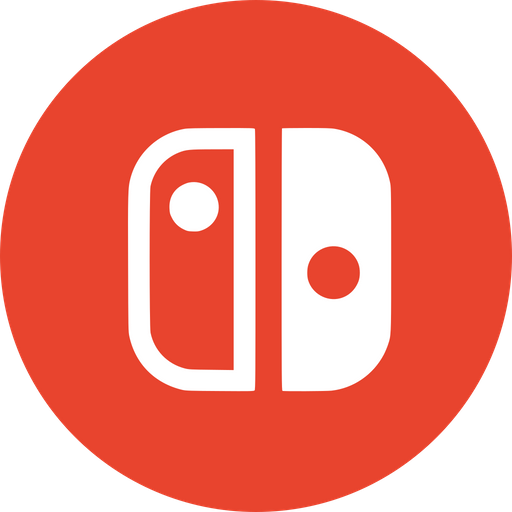

My best guess: whatever they’re filing now was so exhaustively researched that it took months to prepare the strongest case they’re able to make, possibly delayed by the lawyers working on several other cases. Plus waiting until sales have dried up can maximize damages.
Another possibility is that Nintendo/TPC is planning to make some big Pokémon announcements soon and wants to target this shortly before their own new games to reduce competition. Palworld might seem like more of a threat to the execs now that Pokémon is nearing a major release than it was in the middle of a long drought for the series.


I’ve been using single-disk btrfs for my rootfs on every system for almost a decade. Great for snapshots while still being an in-tree driver. I also like being able to use subvolumes to treat / and /home (maybe others) similar to separate filesystems without actually being different partitions.
I had used it for my NAS array too, with btrfs raid1 (on top of luks), but migrated that over to ZFS a couple years ago because I wanted to get more usable storage space for the same money. btrfs raid5 is widely reported to be flawed and seemed to be in purgatory of never being fixed, so I moved to raidz1 instead.
One thing I miss is heterogenous arrays: with btrfs I can gradually upgrade my storage one disk at a time (without rewriting the filesystem) and it uses all of my space. For example, two 12TB drives, two 8TB drives, and one 4TB drive adds up to 44TB and raid1 cuts that in half to 22TB effective space. ZFS doesn’t do that. Before I could migrate to ZFS I had to commit to buying a bunch of new drives (5x12TB not counting the backup array) so that every drive is the same size and I felt confident it would be enough space to last me a long time since growing it after the fact is a burden.